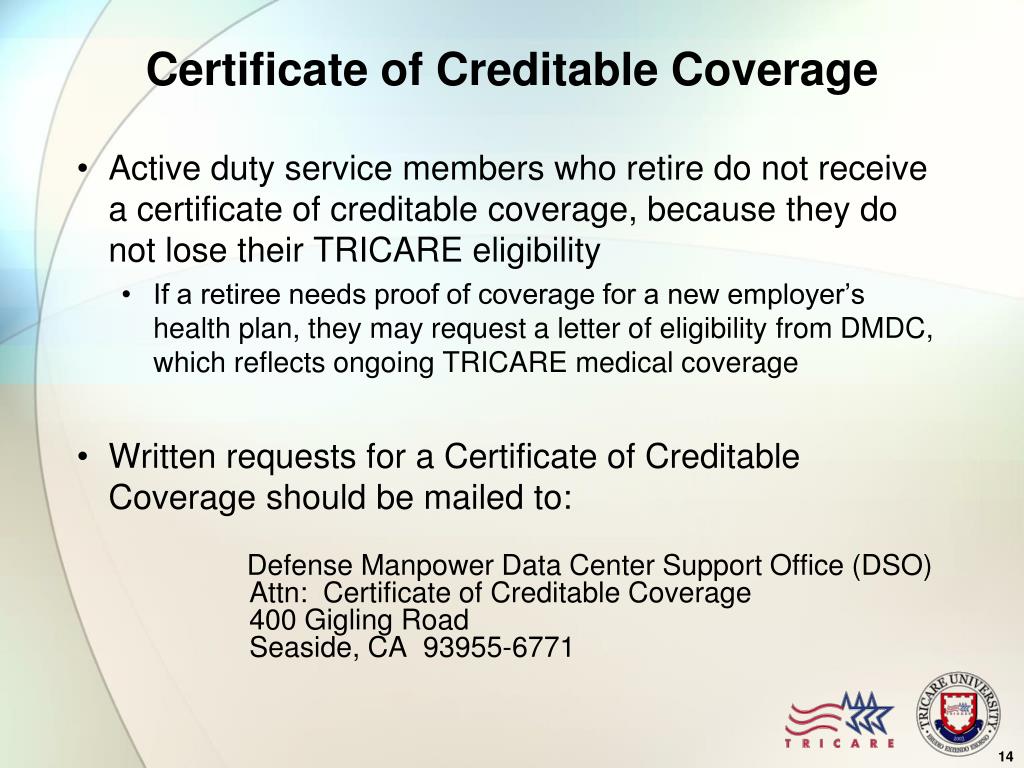In today’s rapidly evolving digital landscape, businesses and organizations are increasingly embracing electronic communication to streamline processes and reduce environmental impact. One area where this trend is evident is in the realm of creditable coverage notices for Medicare Part D prescription drug plans. As technology continues to reshape traditional practices, a common question arises: Can these critical notices be delivered via email?
The short answer is yes, creditable coverage notices can be emailed, but certain guidelines must be followed to ensure compliance with regulatory requirements. In this article, we’ll explore the specifics of electronic delivery, the advantages it offers, and the necessary steps to ensure a seamless and lawful transition to this modern approach.
Understanding Creditable Coverage Notices
Before delving into the electronic delivery aspect, let’s briefly discuss the purpose of creditable coverage notices. These notices are mandated by the Medicare Modernization Act (MMA) and serve a crucial role in informing Medicare-eligible individuals about the status of their prescription drug coverage.
Entities that provide prescription drug plans, including employers, unions, and insurance companies, are required to disclose annually whether their coverage is considered “creditable” or “non-creditable” compared to the standard Medicare Part D plan. This information is essential for individuals to make informed decisions about enrolling in a Medicare Part D plan, as failing to maintain creditable coverage for an extended period may result in late enrollment penalties.
The Shift Towards Electronic Delivery
Traditionally, creditable coverage notices were delivered through physical mailings or included in annual enrollment materials. However, recognizing the benefits of electronic communication, the Centers for Medicare & Medicaid Services (CMS) has provided guidelines that allow for the electronic delivery of these notices.
According to the CMS, notices of creditable or non-creditable coverage may be included in annual enrollment materials, sent in separate mailings, or delivered electronically. This flexibility acknowledges the growing preference for digital communication and the potential cost savings and environmental benefits associated with reducing paper-based mailings.
Guidelines for Electronic Delivery
While electronic delivery is permitted, it is crucial to adhere to specific guidelines to ensure compliance with regulatory requirements. Here are some key considerations:
-
Consent for Electronic Delivery: Before sending creditable coverage notices electronically, entities must obtain affirmative consent from the recipients. This consent should be documented and may be obtained through various means, such as online forms, opt-in checkboxes, or written agreements.
-
Access to Electronic Communication: Entities must ensure that recipients have access to the electronic communication method being used. For example, if notices are being emailed, recipients must have a valid email address and the ability to access and read the electronic documents securely.
-
Notification of Electronic Delivery: Recipients should be notified of their right to receive paper copies of the notices upon request, as well as the procedures for requesting paper copies and updating their contact information.
-
Secure and Accessible Format: Creditable coverage notices delivered electronically must be provided in a secure and accessible format, ensuring that the information remains confidential and can be easily accessed and read by the recipients.
-
Recordkeeping and Compliance: Entities must maintain records of electronic delivery, including evidence of consent, delivery confirmations, and compliance with all applicable regulations and guidelines.
Advantages of Electronic Delivery
Embracing electronic delivery for creditable coverage notices offers several advantages:
-
Cost Savings: Eliminating the need for physical mailings can significantly reduce costs associated with printing, postage, and labor.
-
Environmental Benefits: By reducing paper usage and related carbon emissions, electronic delivery contributes to sustainability efforts and aligns with growing eco-friendly practices.
-
Efficiency and Timeliness: Electronic delivery enables faster and more efficient communication, ensuring that notices reach recipients promptly and reducing the risk of delays or misplacement.
-
Accessibility and Convenience: Recipients can access electronic notices from various devices and locations, aligning with modern lifestyles and the increasing preference for digital information.
-
Record-Keeping and Compliance: Electronic delivery systems often provide robust tracking and audit trail capabilities, facilitating compliance with regulatory requirements and ensuring proper documentation.
Conclusion
In the digital age, the ability to deliver creditable coverage notices electronically offers numerous benefits, including cost savings, environmental sustainability, and enhanced efficiency. While embracing this approach, it is crucial for entities to follow the guidelines set forth by the Centers for Medicare & Medicaid Services to ensure compliance with regulatory requirements and protect the interests of Medicare-eligible individuals.
By implementing secure and accessible electronic delivery methods, obtaining proper consent, and maintaining comprehensive records, organizations can seamlessly transition to this modern communication method while upholding their obligations under the Medicare Modernization Act. As technology continues to evolve, embracing electronic delivery for creditable coverage notices represents a progressive step towards streamlining processes and aligning with the evolving preferences of stakeholders.
Quick Tip: Medicare Part D – Creditable Coverage Disclosure Notice
FAQ
How do I get a creditable coverage letter?
Who sends notice of creditable coverage?
Can Medicare Part D notice be emailed?
What is confirmation of creditable coverage?

